Up Next

Charles Leclerc’s unhappiness over the delayed deployment of the safety car in Formula 1’s Azerbaijan Grand Prix rightly shone a spotlight on the handling of Max Verstappen’s crash.
It was not the only incident from the Baku race that raised concern or at least prompted the need for a follow-up at the next race in France.
But it was the headline head-scratching moment, one that does not have an obvious answer.
When Verstappen hit the wall heavily at high speed following a tyre failure, racing continued for almost a full lap afterwards. It took just a short while for double-waved yellows to be issued but almost a minute and a half for the safety car to be deployed – by which point leader Sergio Perez was already approaching the start-finish straight again.
“That’s a joke, that’s a joke,” Leclerc told his team in response to a message they were still racing after passing Verstappen’s crashed car.
“Put the f***ing safety car out straight away, why are they waiting?”
He wasn’t the only one.
“Where’s the bloody safety car?” asked George Russell. The answer finally came for him about half a lap later. He suggested a red flag. Leclerc did too.
It’s baffling that these drivers recognised the obvious need for a safety car instantly, but race director Michael Masi opted to wait so long.
Sticking with double-waved yellows would have made sense if there was a hope of the marshals recovering the car quickly on their own. It was immediately obvious that was not going to be possible without recovery vehicles.
So there seems no justification for such a delay. A few drivers, including Leclerc, have said they will raise this issue at the drivers’ briefing in France next week.
They should, because it merits explanation. All it did was leave drivers approaching a dangerous area with debris scattered across the track at speed and hold up the recovery process.
The reaction to Lance Stroll’s incident was sharper. But that was another inevitable, obvious safety car that took half a minute to deploy – by which time nine cars had passed the scene.
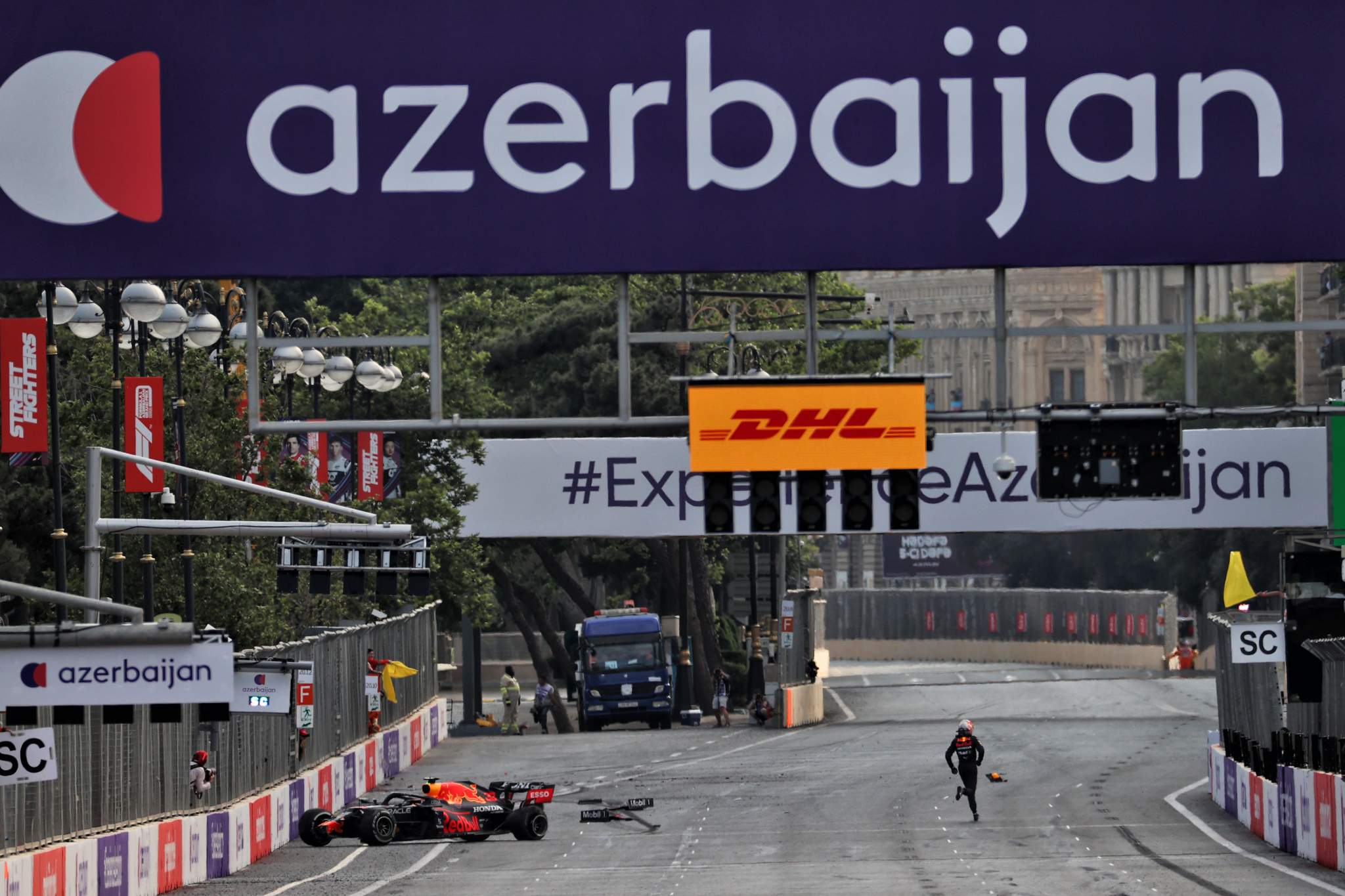
The delayed reaction to the Verstappen crash also played a part in another point of contention from the race, which was whether the drivers reacted appropriately to double-waved yellows.
This is always a thorny issue in F1. Double-waved yellows officially require a driver to slow significantly and be prepared to stop.
But as ex-F1 driver Jolyon Palmer pointed out on the BBC’s live coverage of the Azerbaijan race: “That’s never actually the case in F1 because no-one’s going to be doing that in a race situation on the straight, from a very high speed. It’s borderline more dangerous to be doing that as well.”
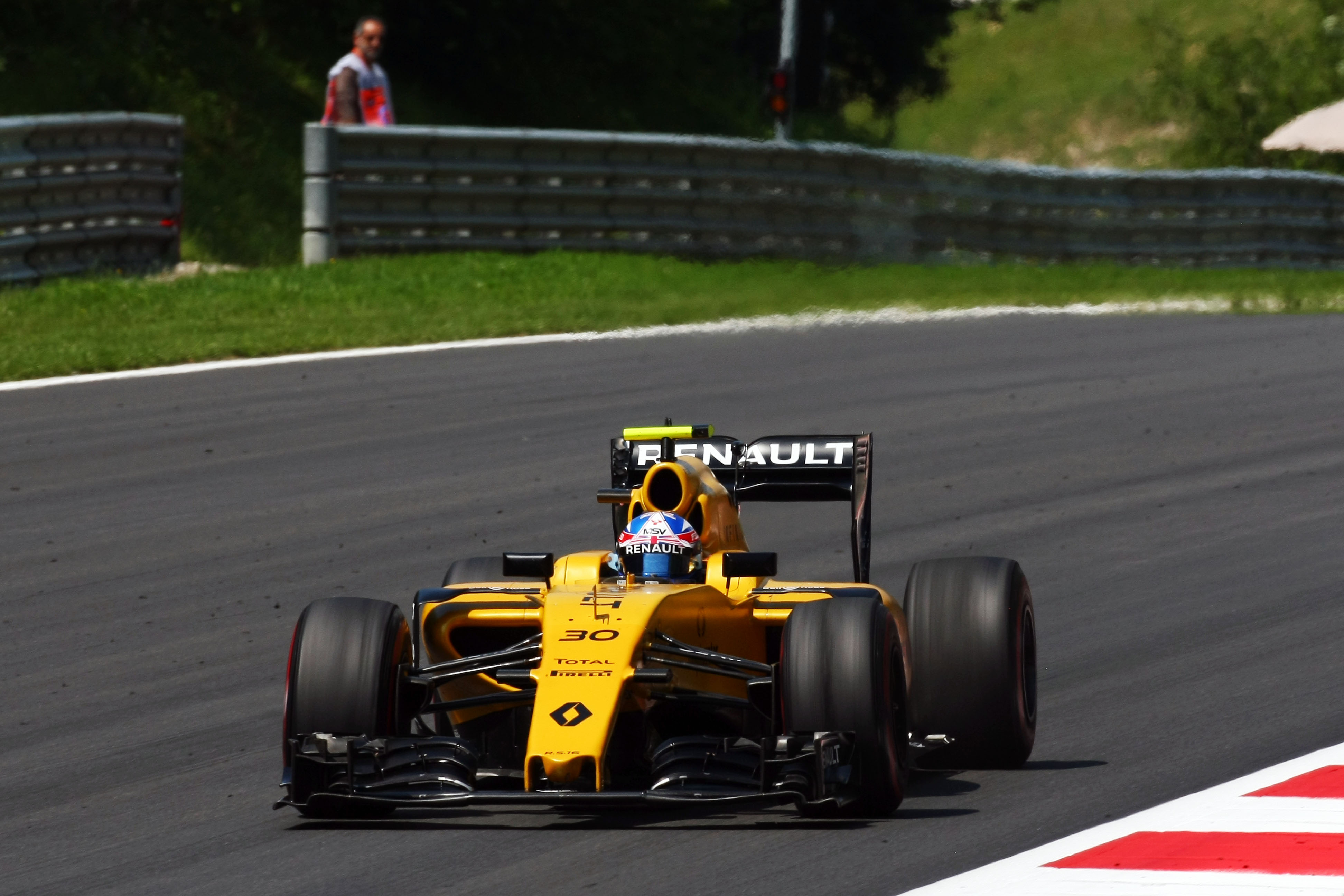
Palmer also claimed that back in 2016 he’d been told by the stewards at the Austrian Grand Prix that one driver had escaped punishment for allegedly breaching yellow flag rules in qualifying because he’d “done a tiny, like one millisecond lift to 80% throttle, and they were fine with that”.
That highlights a major issue in F1’s policing of etiquette under yellow flags. The terminology is too dated. Drivers having to ‘slow down and be prepared to stop’ is not only unrealistic and potentially unsafe, it also relies entirely on individual interpretation of what slowing down sufficiently is. For a driver, it’s a small lift. For the officials, it can be more – it certainly was for Masi in Baku.
Leaving that wiggle room is the mark of a rule that isn’t fit for purpose anymore. Technology has moved beyond such limitations. Virtual and full safety cars force a driver to adhere to a delta time. It eliminates any interpretation and takes the decision-making away from competitive individuals in the heat of battle who don’t want to give up any edge if they can help it.
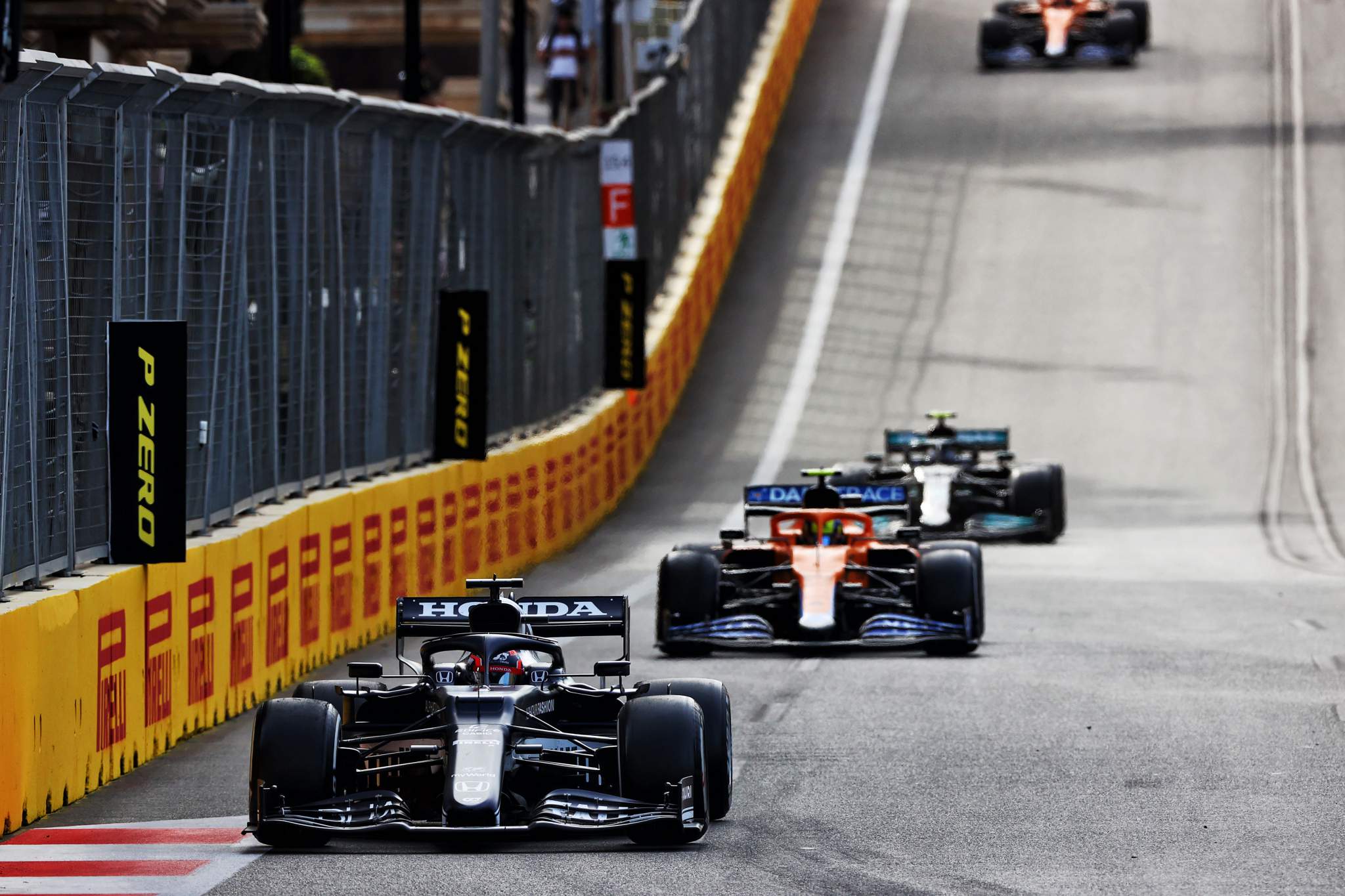
The issue in Baku was brought into focus by the new-for-2021 broadcast of exchanges between the teams and Masi, when it emerged that McLaren had raised a concern over AlphaTauri driver Yuki Tsunoda’s response to the yellow flags shown for Verstappen’s accident and also Stroll’s earlier in the race.
“Michael, both incidents, Tsunoda did not slow down,” was the message. “So we’re surprised that hasn’t been investigated.”
Masi replied: “Quite simply, for me, the entire field should be penalised for not slowing for double yellows in accordance with the regulations.”
McLaren: “But his is obvious, Michael. He hasn’t lifted whatsoever.”
Masi: “For me, all of them are obvious. Lifting a little bit is not enough and I’m going to tell all the drivers at the next meeting.”
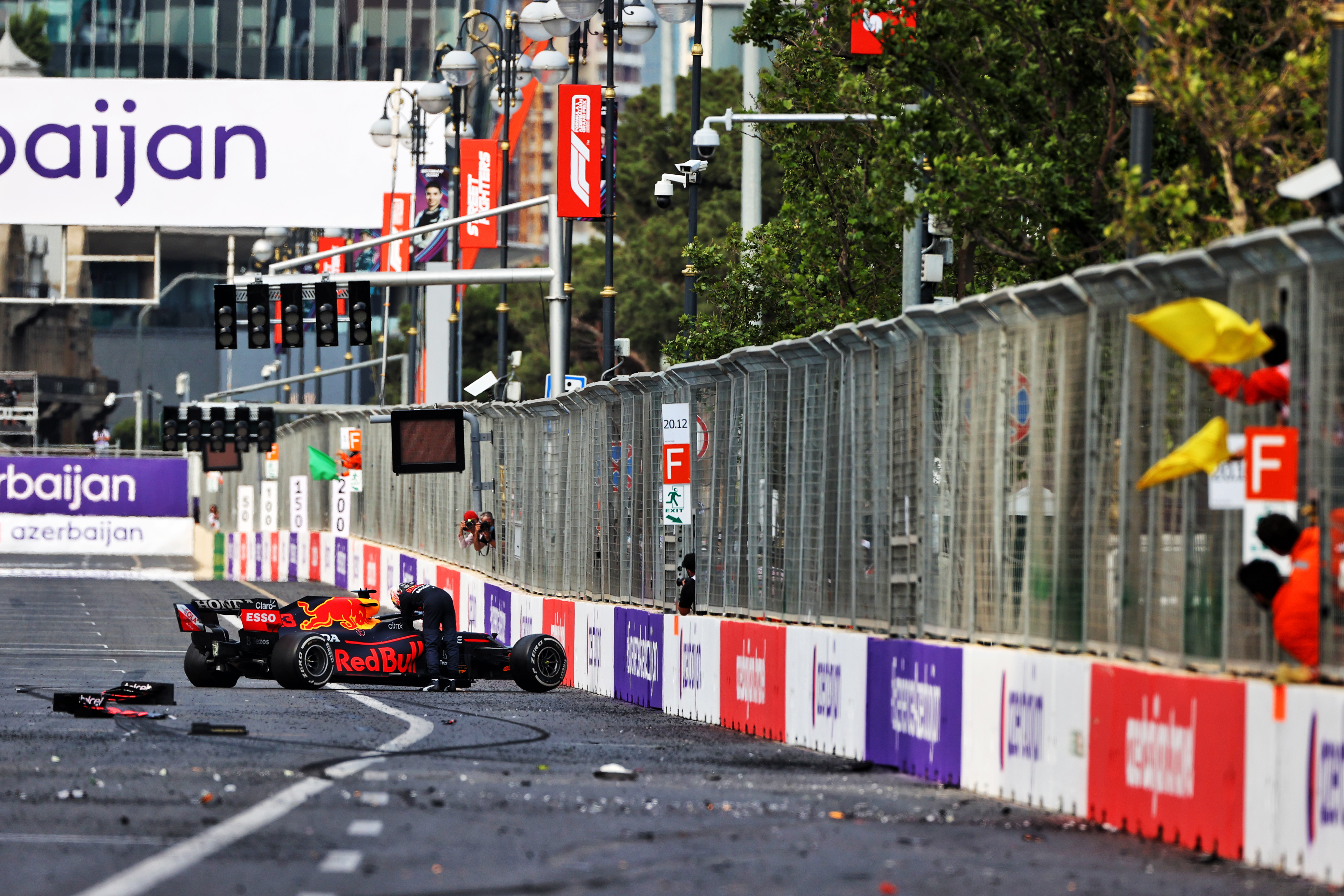
The basis of that premise is fine because establishing good driver etiquette under yellow flags is important. The safety of trackside workers is a key priority and it also protects drivers who may still be in their stricken cars, or getting out of them.
But poor etiquette in such circumstances derives from a culture created by drivers (unsurprisingly) taking liberties to avoid losing, and also officials not being consistent or particularly hard-line on policing that.
It has created a problem worth tackling but the solution isn’t the F1 race director claiming mid-race that one incident isn’t worth investigating because he thinks everyone’s broken the rules.
For what it’s worth, checking Lando Norris’s replay shows a clear, big lift in response to the Verstappen accident and there’s little hint of the same from Tsunoda. Much further back, Mick Schumacher absolutely crawls towards, and past, the crashed Red Bull.
Checking how different drivers reacted to the yellows for Stroll’s crashed car tells a similar story: no audible indication of a Tsunoda lift, but clear backing off from the likes of Norris and Valtteri Bottas.
Those examples are proof that it is a baseless claim to suggest every driver reacted by only lifting “a little bit”. And even a cursory glance at the onboard footage shows Tsunoda was very lucky to escape punishment.
In any case, it’s surprising that the race director can have that suspicion and not think it merits further investigation.
If the view is that most, if not all, drivers broke the rules then you don’t let most, or all, of them off for it. Especially when it’s something like this that is rooted in safety. It’s valid to question the logic of giving every driver a five-second penalty, for example. But that doesn’t have to be the outcome.
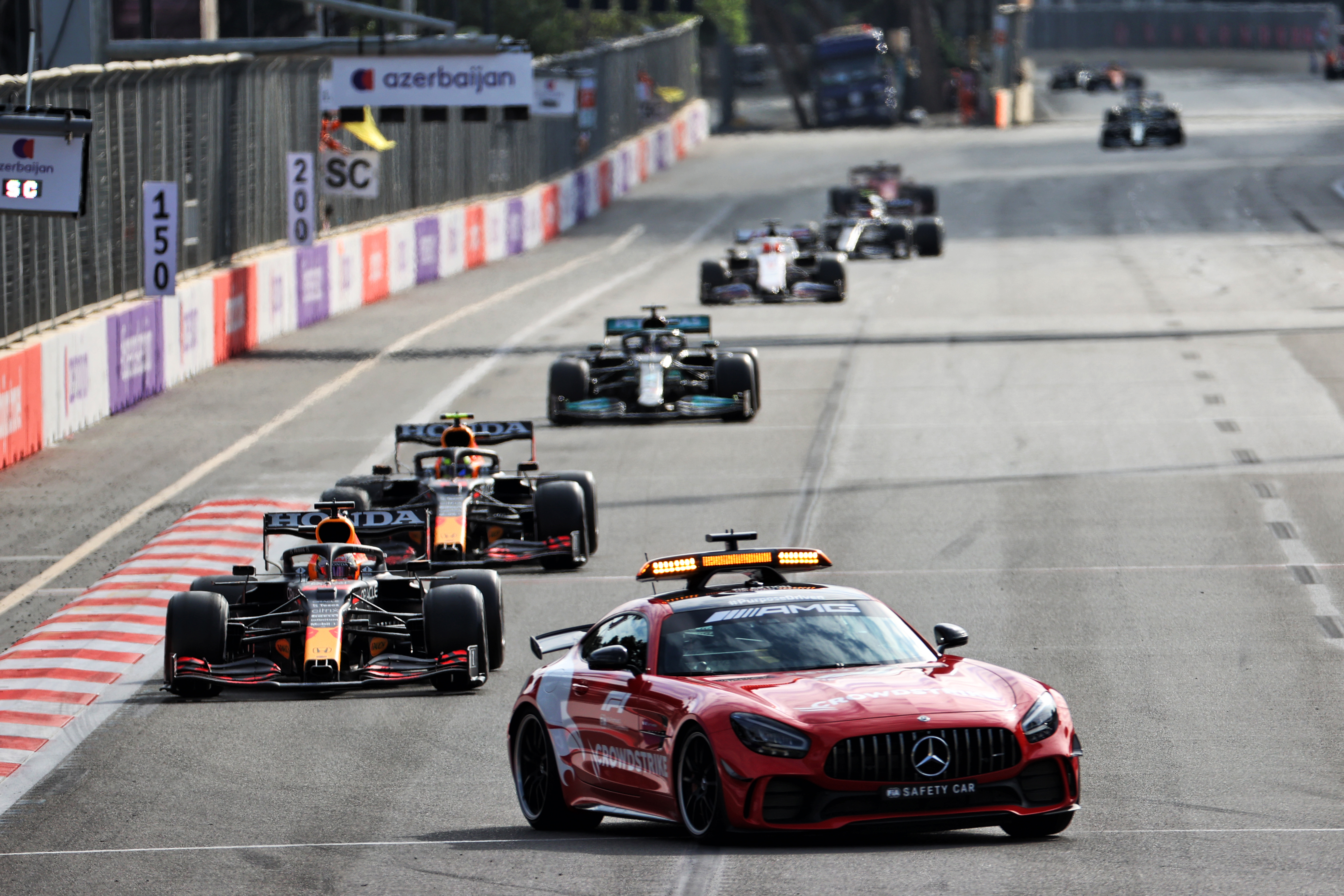
Why not reprimand and give every driver who did it one or two licence penalty points? There needs to be a firmer stance taken to this issue, rather than batting it away mid-race.
That brings us to another issue highlighted in Baku – F1’s broken penalty points system. It is also unfit for purpose.
What started out as a sensible idea to stamp out reckless, careless driving and punish repeat offenders has mutated into something that just slaps drivers with consistently inappropriate penalty points almost out of habit.
The flaws needn’t be dwelled upon too long here. For a more detailed look you can read this piece by Edd Straw from last year. But the system’s shortcomings were exposed again in Baku.
The first example of that was Norris making an honest mistake in a very narrow window of time to commit to pitting when a red flag was thrown in qualifying. His actions endangered nobody and were even acknowledged by the stewards to have occurred in an exceptional scenario, being so close to the pit entry when the session was suspended.
A grid penalty to underline the zero-tolerance approach taken to respecting red flag rules is harsh, but understandable. Three penalty points on his licence (one quarter of the way to a ban in one go) is an additional punishment that did not fit the crime.
Even worse was on Sunday when Nicholas Latifi received the same number of penalty points for being told by his Williams team NOT to pit when the race was red-flagged.
The stewards seemed to miss this entirely. Their report made mention of Latifi being told to pit but did not reference at all the hurried sequence of “Stay out!” messages he received as he approached the pit entry.
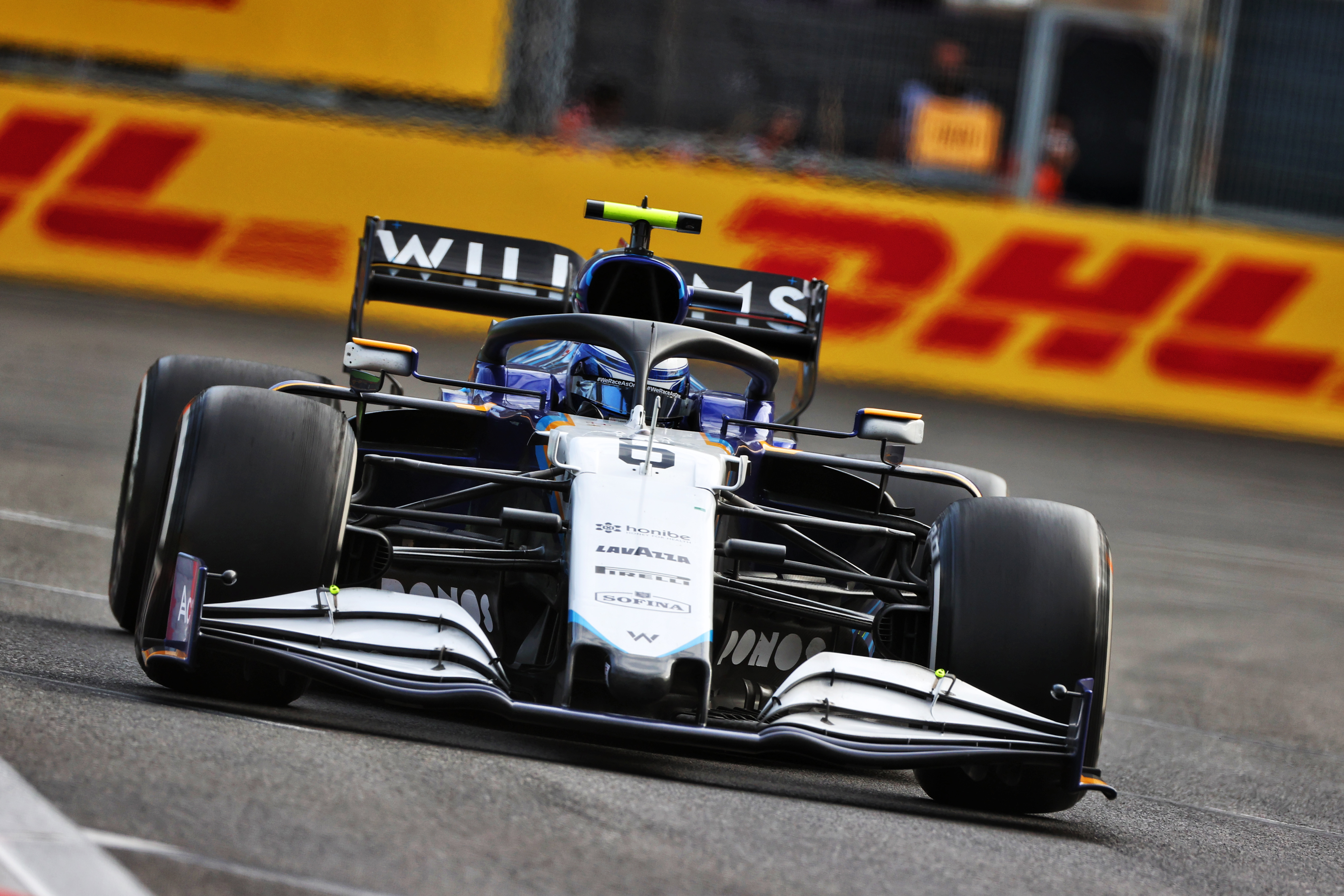
That was not Latifi’s error. The stewards either did not notice or decided it didn’t matter. Which is worse is honestly hard to decipher. Especially as last year, two penalty points awarded to Lewis Hamilton for performing practice starts out of position at Sochi were rescinded because the stewards decided on review that it was Mercedes’ fault.
So, a precedent to not punish a driver for a team mistake was set only a few months ago, but ignored. Instead the stewards deemed that what Latifi (and Norris) did merited the same licence penalty as the one awarded to Nico Hulkenberg in 2018, when he sparked the massive first-corner crash at the Belgian Grand Prix that put Fernando Alonso airborne and into the Sauber of Charles Leclerc.
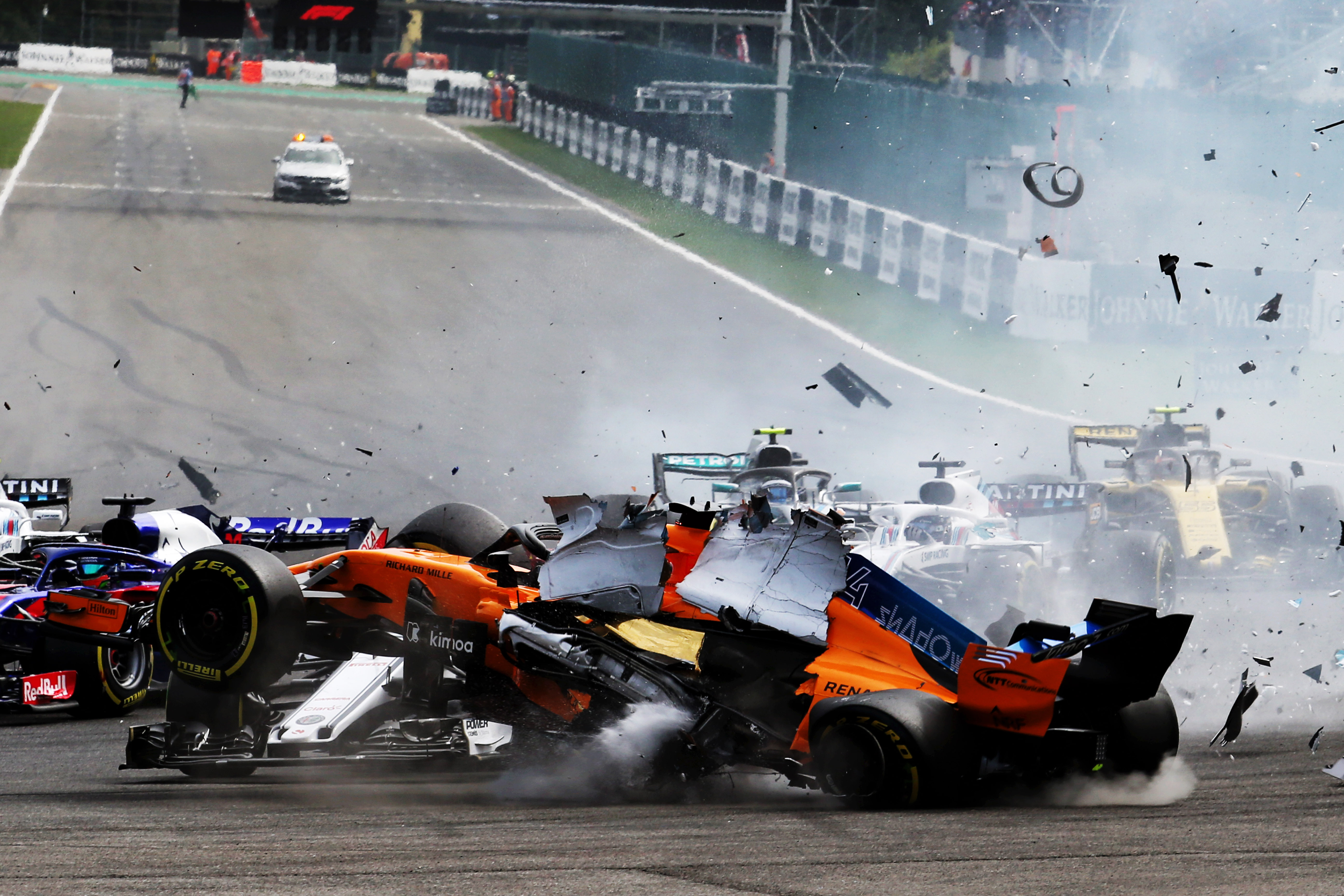
F1 and the FIA need to seriously review this system and remember what it exists to punish: dangerous driving, recklessness or carelessness.
An example of exactly that was in an overlooked incident from the end of the race, when Nikita Mazepin swerved on Haas team-mate Schumacher at the last second at high speed on the run to the finish line. It was abysmal conduct from Mazepin, and clearly dangerous.
It was missed because Masi was, understandably, focused on the front. And as this was an incident between team-mates it was not reported.
But is it that unreasonable to think it would have been spotted by someone among the officials post-race, given how quickly the media and the public bring these unseen incidents to everyone else’s attention?
Even if the window to take action at the time closed before they were aware, it is not unfair to expect Masi to raise this in France, especially as he said he would “have a look at it in the fresh light of day and if necessary, I will have a chat with the team and the driver concerned”.
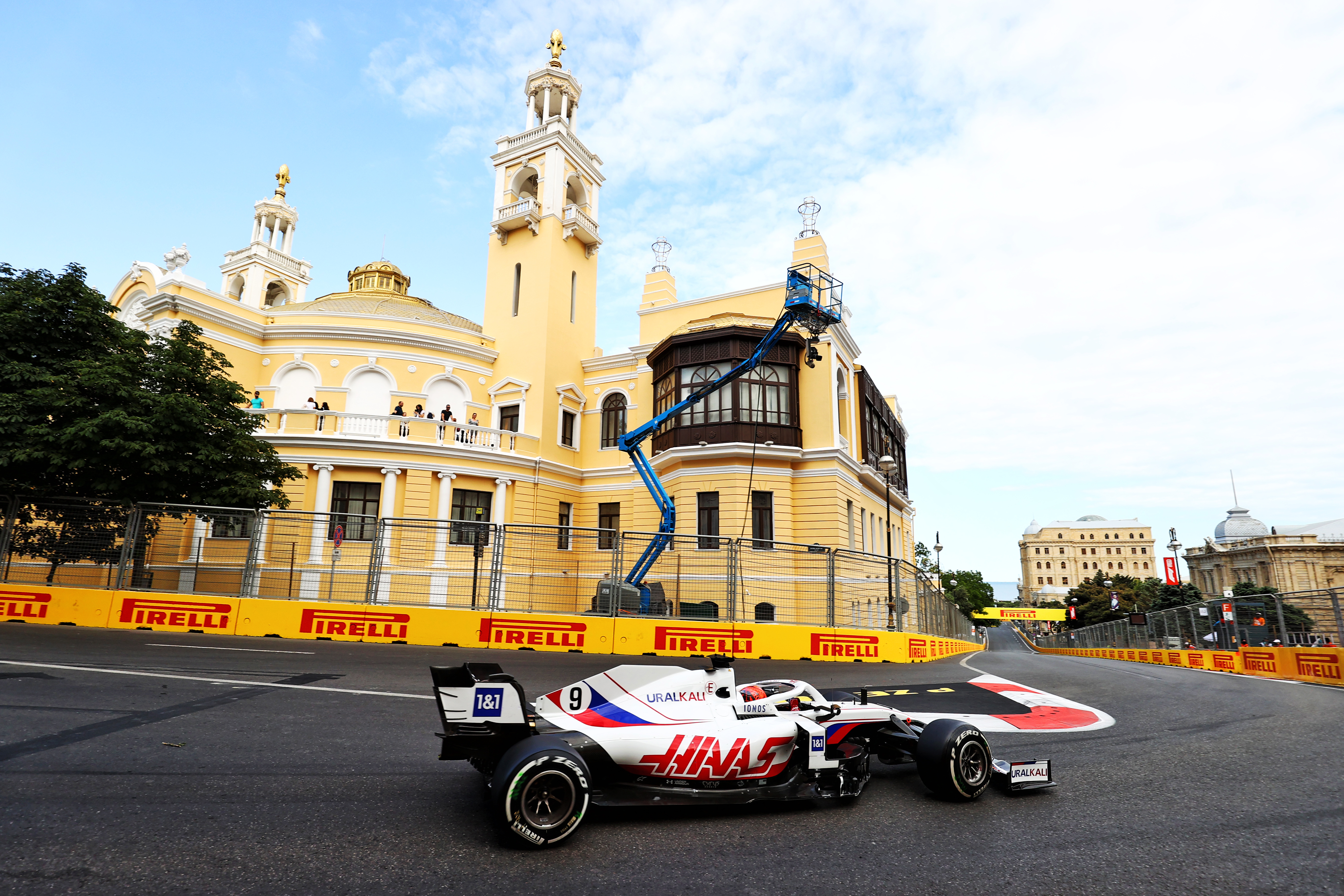
What Mazepin did was dangerous and given he has a history from Formula 2 of driving inappropriately it is in the FIA’s interest to address it. Even if that takes the form of a private conversation at Paul Ricard or a reminder in the drivers’ briefing.
Should that happen, though, it is nowhere near the main priority from a race that raised several concerns.







